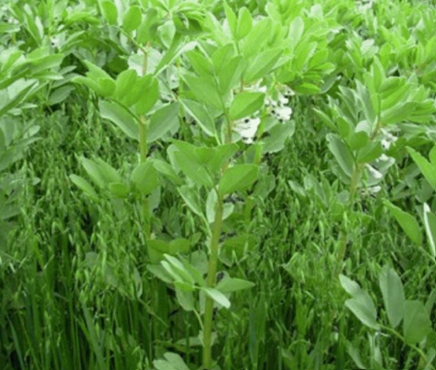There are several types of intercropping systems, including mixed intercropping, in which different crops are grown together in the same row or bed, and relay intercropping, in which one crop is grown for a period of time and then another crop is planted in the same space once the first crop has been harvested.
Intercropping can be an effective way to increase crop productivity and reduce the risks associated with growing a single crop. It can also provide a range of ecological benefits, including increased biodiversity, reduced soil erosion, and improved water retention. However, it can be challenging to manage intercropping systems, as the different crops may have different nutrient and water requirements, and care must be taken to avoid competition for resources.
This summary was written by OpenAI's ChatGPT - If you can improve on this and add to it please Join the page and Edit using the orange buttons.




Discussion
Impressive innovative commercial example of intercropping wheat and soya beans by Jason Mauck:
Video example of an intercropping harvest.